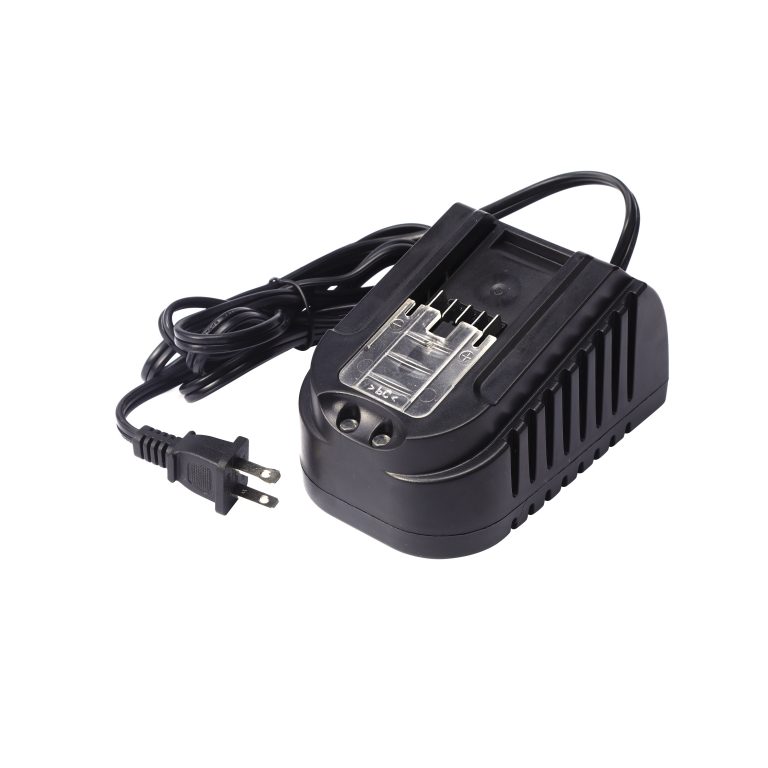Battery Cable Overview
When it comes to powering your electrical system, understanding the various types of battery cables is essential. The right battery cable can significantly impact the performance and efficiency of your electrical setup. Whether it’s for automotive, marine, or industrial applications, choosing the correct battery cable is crucial for ensuring reliable power distribution.
Understanding Cable Types
When it comes to electrical systems, the variety of battery cable types available can be overwhelming. Understanding the differences between these cable types is crucial for making informed decisions about which one best suits your needs.

Types of Battery Cables
- Comparison of different brands and varieties of battery cables can help in understanding the range of options available. Each brand may offer unique features and specifications that cater to specific requirements.
- It’s important to note that not all battery cables are created equal. Variations in materials, construction, and design can significantly impact performance and durability.
Benefits of Different Types
- Copper and aluminum are two common materials used in battery cables, each with its own set of advantages. Copper cables offer excellent conductivity and corrosion resistance, while aluminum cables are lightweight and cost-effective.
- When choosing the right type of battery cable, factors such as application, environment, and budget should be taken into consideration to ensure optimal performance and longevity.
Quality Cables
Importance of Quality
Superior electrical cables play a crucial role in ensuring the efficient and reliable operation of an electrical system. The quality of battery cables directly impacts the overall performance, safety, and longevity of the system. Premium power lines are designed to offer optimal conductivity, minimal resistance, and enhanced durability, thereby reducing the risk of power loss and potential hazards.
Quality Matters: Investing in high-quality battery cables is essential for maintaining a stable electrical connection and preventing issues related to poor conductivity or premature wear and tear.
Choosing the Best Quality
When selecting premium battery cables, several factors need to be considered. It’s important to evaluate the materials used, construction techniques, and industry standards adhered to by different manufacturers. Comparing different quality standards can provide insights into the level of performance, reliability, and safety offered by each type of cable. By prioritizing superior quality over cost alone, it’s possible to ensure an electrical system that operates optimally under various conditions.
Now let’s check on keyword usage:
Copper vs. Aluminum
Comparing Copper and Aluminum Cables
When comparing copper versus aluminum power lines, there are notable differences in their properties and performance. Copper cables are known for their superior conductivity and resistance to corrosion, making them an excellent choice for applications where efficient power transmission is crucial. On the other hand, aluminum cables are valued for their lightweight nature and cost-effectiveness.
Advantages and disadvantages of each type:
- Copper Cables:
- Advantages: Excellent conductivity, high corrosion resistance, ideal for high-stress environments.
- Disadvantages: Higher cost compared to aluminum, heavier than aluminum cables.
- Aluminum Cables:
- Advantages: Lightweight, cost-effective, suitable for long-distance power transmission.
- Disadvantages: Lower conductivity compared to copper, requires larger cable sizes for equivalent performance.
Suitability for Different Applications
The suitability of copper versus aluminum electrical cables depends on the specific requirements of the application:
- Applications where copper cables are preferred:
- High-stress environments such as industrial machinery and heavy-duty vehicles.
- Shorter distance power distribution where efficiency is paramount.
- Scenarios where aluminum cables are more suitable:
- Long-distance power transmission in utility grids and large-scale industrial setups.
- Cost-sensitive projects where lightweight materials offer logistical advantages.
By understanding the distinct characteristics of copper and aluminum cables, it becomes easier to make informed decisions based on the unique demands of different electrical applications.
Installation Guide
Proper Installation Practices
When it comes to battery cable installation, following proper practices is essential for ensuring the efficiency and longevity of the electrical system. Here are some guidelines to consider when setting up power lines:
- Secure Connections: Ensure that all connections are securely fastened to prevent any potential power loss or electrical hazards.
- Correct Sizing: Use the appropriate cable size for the specific application to minimize resistance and ensure efficient power transmission.
- Insulation Protection: Insulate all exposed wiring to safeguard against short circuits and other safety risks.
Common mistakes to avoid during installation include:
- Overlooking Tightness: Failing to tighten connections adequately can lead to voltage drops and potential overheating issues.
- Improper Routing: Avoid routing cables near sharp edges or moving parts that could cause damage over time.
Ensuring Safety and Efficiency
Safety measures during battery cable installation are paramount for both personal well-being and the optimal performance of the electrical system. Consider the following tips:
- Use Protective Gear: When handling electrical components, always wear appropriate protective gear such as gloves and safety goggles.
- Routine Inspection: Regularly inspect installed cables for signs of wear, damage, or corrosion, and address any issues promptly.
To optimize the performance of installed cables:
- Proper Grounding: Ensure that all cables are correctly grounded to prevent electrical malfunctions and safety hazards.
- Temperature Consideration: Install cables away from heat sources or excessively hot areas to maintain their integrity over time.
Battery Cable Insights
Understanding the intricacies of battery cables and their installation is fundamental for ensuring the optimal performance of an electrical system. Whether it’s for automotive, marine, or industrial applications, the right choice of power cables can significantly impact the efficiency and reliability of power distribution.
Expert Tip: Proper installation practices and the selection of high-quality battery cables are vital for maintaining a stable electrical connection and preventing issues related to poor conductivity or premature wear and tear.
In conclusion, investing time in understanding the various types of battery cables and adhering to best installation practices is crucial for ensuring a robust and efficient electrical system.
